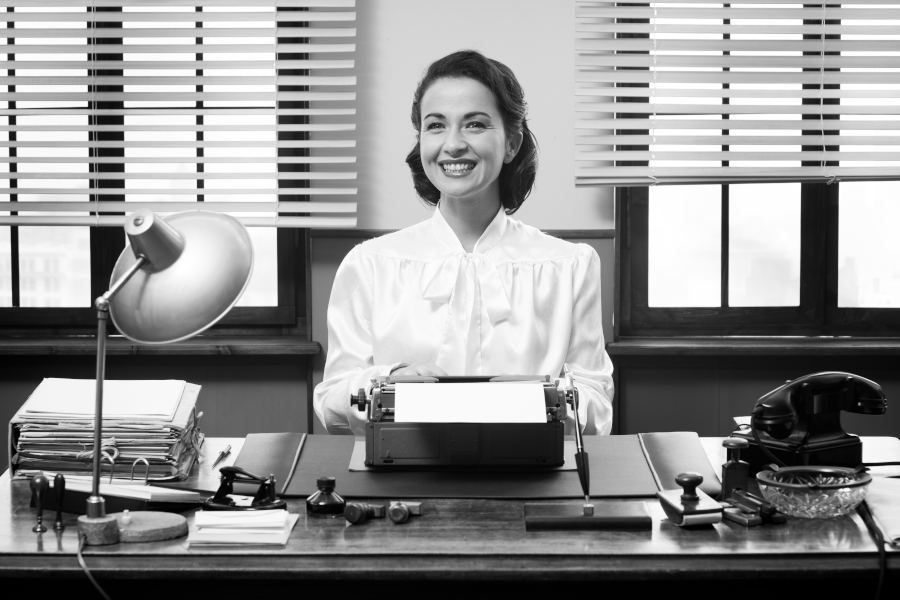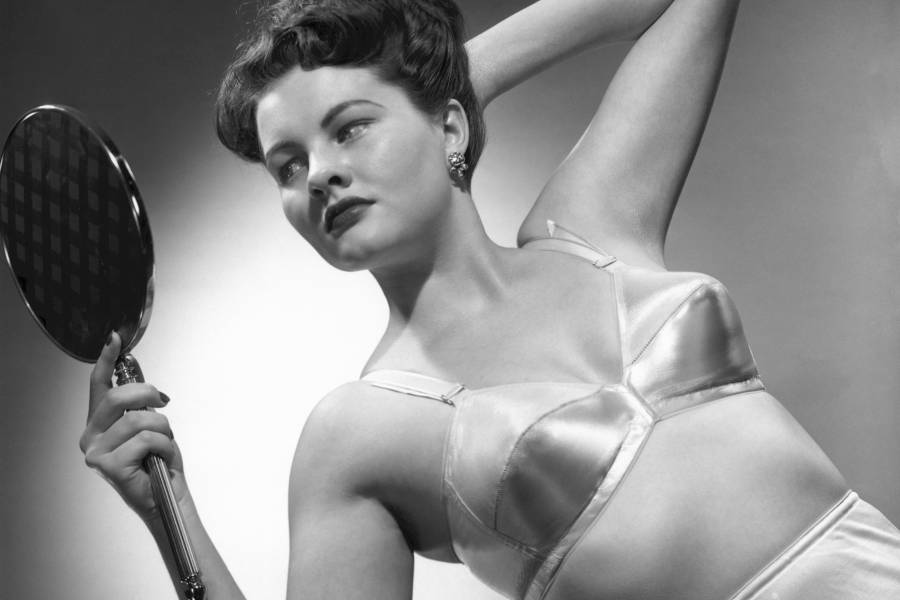Women’s History Month
In 2020, a study has shown that more women are engaged in creative subjects at universities, yet the numbers of females active in the advertising industry has declined from 52% to 49%. Despite this, the industry has arguably become more female driven.
The contemporary messages and values represented by the industry’s output, contrasts the archaism from a mere 10 years ago; evidence that men are finally listening.
In honour of Women’s History Month, we’re looking back at the ladies who have helped shape our profession and the changing depiction of the female icons used to promote brands.

A man’s world
In the 1800s and early 1900s, social norms were shifting and women increasingly sought educational and employment opportunities. Female office workers had reached two million; however, this surge prompted a male backlash – division lines were drawn between genders, with men occupying higher paid, managerial roles and women clustering in lower-paying clerical and personnel jobs.
Alongside traditional professions, such as teaching, advertising was encouraged as a career choice for women, albeit under male supervision. Despite this patriarchal entrenchment, ambitious women were already pioneering their own businesses; despite not yet having the ability to vote.
Pioneers
Emigrating from Germany in the early 1870s, Mathilde C Weil found herself financially unstable following the death of her husband; thus, took it upon herself to start the first woman-run advertising agency. Entitled the M.C. Weil Agency the entrepreneur enriched her business, employing her skills honed as a newspaper and magazine writer. Working alongside other talented women in New York City, the agency operated for 23 years until her death in 1903.
Other pioneers soon followed, with Madam C.J. Walker forging her empire, via the development and strategic marketing of cosmetics and hair care products for black women. At the time of her death in 1919, Walker had become the wealthiest African-American woman in the United States, with an estate worth over $10 million, when adjusted for inflation.
From Bernice Fitz-Gibbon’s catchy slogans of the early 1920s to the genius of Martha Stewart, an individual who positioned herself as the first ‘human brand’ – a torch carried by Kim Kardashian in the social media age – women continue to redefine the industry.

Changing perspective
As females acquire greater input within the realm of brand cultivation/creation and society continues to progress, the portrayal of women in advertising has undoubtedly transformed. The sexist ‘domestic goddesses’ of the 1950s are but a distant memory; even Nestle’s Yorkie commercials from 2003-2012, that jokingly barred girls from consuming the ‘ultra-macho’ chocolate bar, seem vastly inappropriate.
Room for improvement
Whilst society has certainly progressed in certain areas, specific tropes continue to clasp the industry – for better or for worse. Since the early 20th century, food brands have employed matriarchal, motherly figures to convey a degree of homely comfort to their product, from Aunt Jemima and Betty Crocker to Aunt Bessie. The connotations of a mature woman wearing an apron and oven gloves harkens back to antiquated gender stereotypes.
Nudity and sexualisation of the female form has been prominent in advertisements since 1936’s campaign for Woodbury Soap. Despite never being explicit, the content seemingly becomes more and more provocative with each decade. Although the 1990’s racy renders of video game phenomenon Lara Croft are now viewed as exploitive, regressive attempts to appeal to male consumers – whereas, sensuous advertisements featuring Brooke Shields and Kate Moss, would be considered ‘tame’ by today’s standards. The argument being; sexualisation can often be empowering for the female audience – a viewpoint pioneered by vocal feminists, such as Beyoncé and Madonna.

A woman’s touch
While there is still much work to be done in regard to representation, for over a century women have fought for their position within the advertising world. With consumers pressuring the advertising community via social media to stop objectifying women in commercial content – using the #WomenNotObjects and #IStandUp hashtags to invoke change – it’s clear we’re in the midst of another revolution.
As more women attain prestigious advertising roles, the industry is fuelled with ingenuity, whilst providing a crucial alternative perspective. This is fundamental in attaining the desired audience and shaping the future of marketing.

Breaking the mould with innovative content is a must for every business looking to stand out in a relentlessly fast-paced market. Cordis are brand experts who understand the consumer and reach out to them with social media expertise, copywriting, website creation, graphic design, event planning and videography. We can help your business make history!